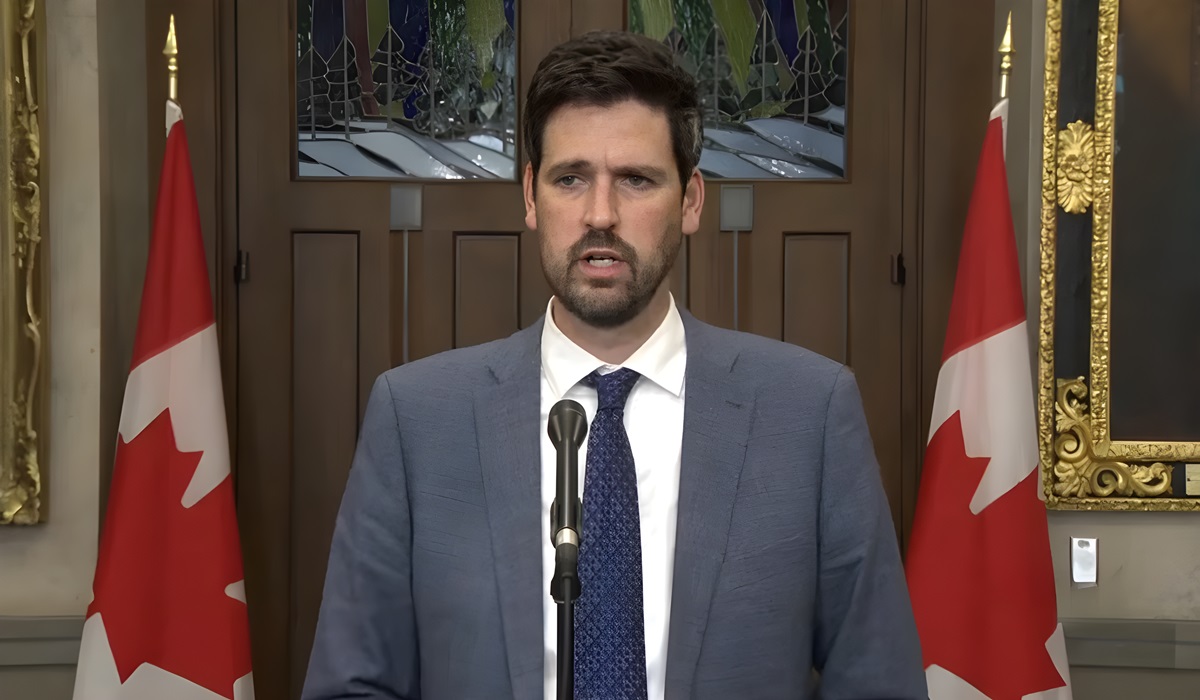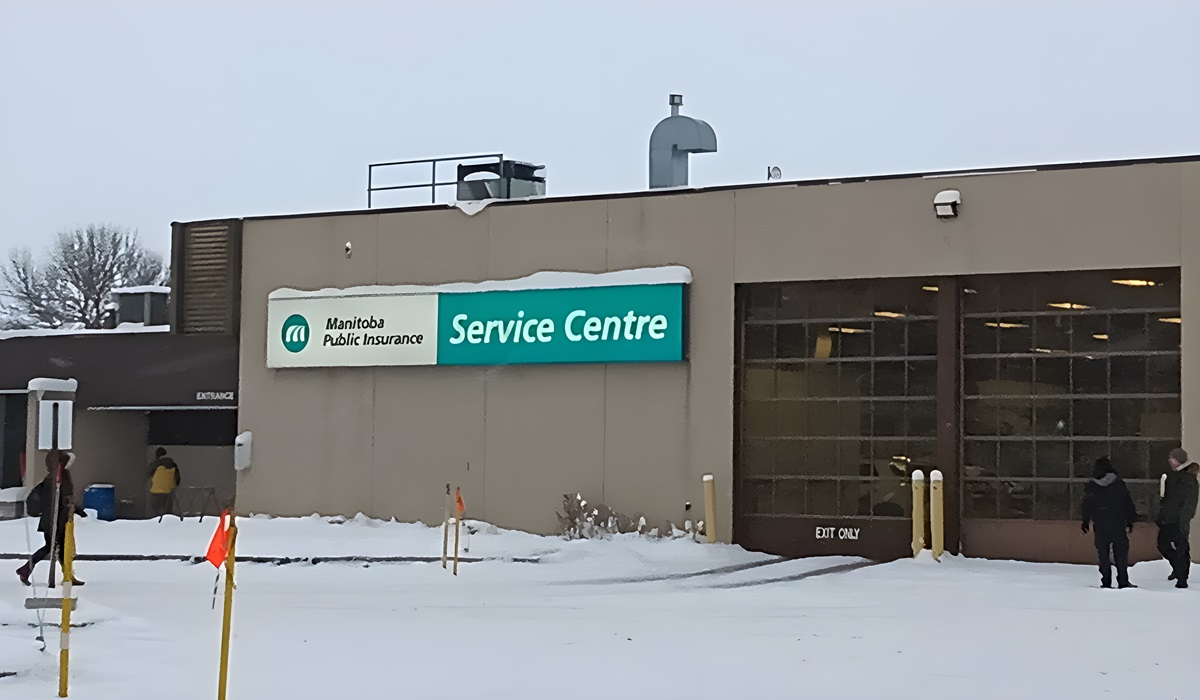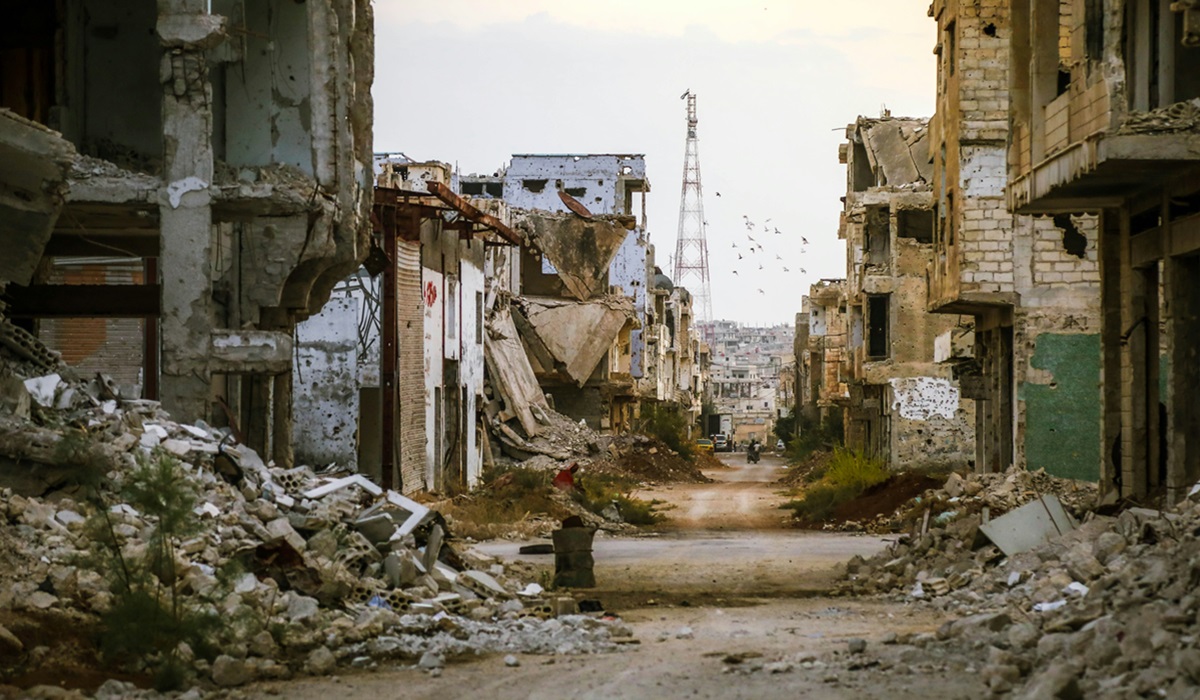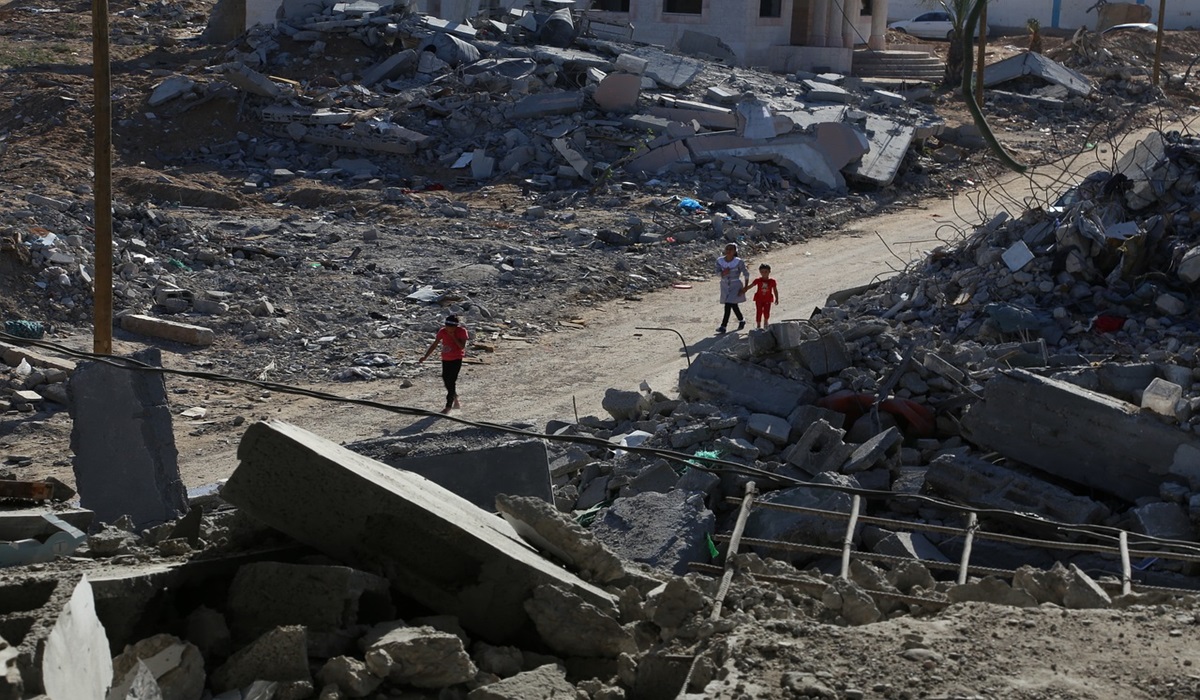India’s Journey Towards Efficient Travel Beyond 25KM/H
- TDS News
- Breaking News
- South Asia
- July 15, 2023
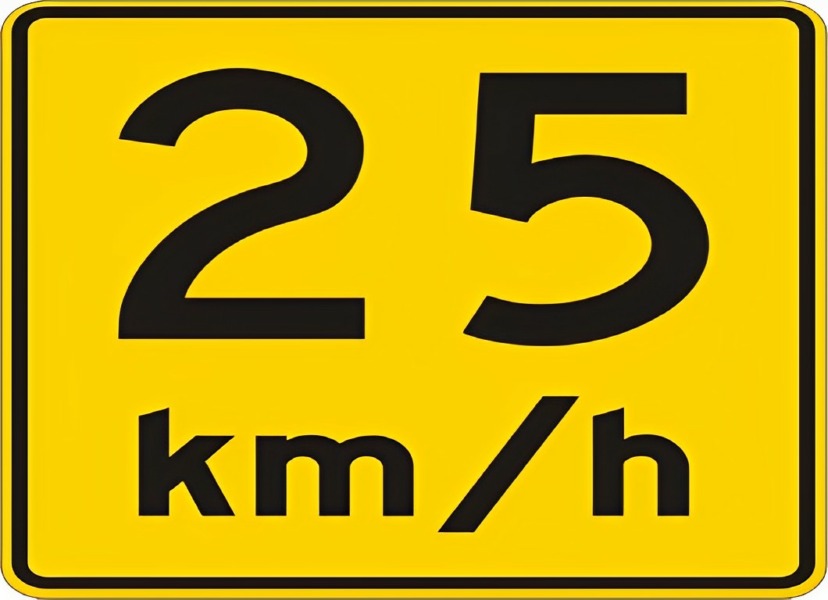
The experience of travelling in an automobile at 60 kilometres per hour or faster is often taken for granted in North America. However, a comparison with cities like Mumbai, India’s financial hub, where the top speed on roads often averages 25 km per hour, highlights the stark differences in infrastructure and transportation challenges. With India recently surpassing China as the world’s most populous country, the significance of efficient road networks and proper transportation systems cannot be overstated.
For decades, North American cities have benefited from well-established infrastructure systems that have evolved to meet the demands of growing populations. The vast network of highways, roads, tunnels, and bridges has facilitated faster and more efficient travel across the continent. Commuting and transportation have become integral parts of daily life, with gridlock being the exception rather than the norm. The reliability and effectiveness of this infrastructure contribute to the overall quality of life in North American cities.
In contrast, India’s infrastructure development has faced significant challenges. With a population of over 1.5 billion, India’s cities struggle with the overwhelming number of vehicles on the road. Mumbai, in particular, is a striking example of the congestion and slow-moving traffic that plagues many Indian cities. The high population density exacerbates the problem, leading to gridlock and travel speeds as low as 25 km per hour.
India’s infrastructure challenges stem from decades of neglect. Rapid population growth, urbanization, and insufficient investments in transportation infrastructure have created a significant backlog in meeting the needs of the expanding population. Until recently, the Indian government did not prioritize the development of highways, roads, and efficient transportation systems. As a result, the quality and capacity of India’s road networks have struggled to keep pace with the increasing demands.
Recognizing the urgent need to address the infrastructure deficit, the Indian government has allocated substantial funds to improve transportation systems. With investments totalling tens of billions of dollars, the government aims to connect significant parts of the country with highways, roads, tunnels, and bridges within the next 15 years. Additionally, creating new cities alleviates congestion and population density, providing residents with better transportation options.
While the ambitious infrastructure plans in India represent a step in the right direction, the full realization of their benefits may still be years away. The Indian people may have to wait another 15 years before experiencing the advantages of a well-developed infrastructure system. However, these investments offer hope for a future where commuting and transportation become more efficient and convenient, alleviating congestion and improving the quality of life for millions.
The significance of travelling in an automobile at 60 kilometres per hour or faster in North America cannot be understated. The well-established infrastructure systems for decades have contributed to efficient commuting and enhanced the overall quality of life. In contrast, India’s infrastructure challenges, influenced by rapid population growth and neglect, have resulted in congested cities with slow-moving traffic. However, with recent investments and ambitious plans, India aims to bridge the gap and provide its citizens with improved transportation options. While it may take time, the Indian government’s commitment to infrastructure development offers hope for a future where gridlock becomes an exception rather than a daily reality.



